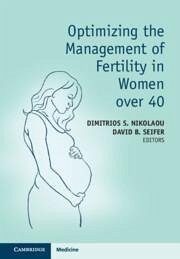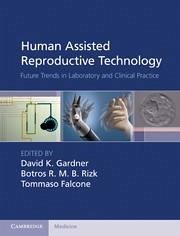
Optimizing the Management of Fertility in Women Over 40
Versandkostenfrei!
Versandfertig in über 4 Wochen
100,99 €
inkl. MwSt.
Weitere Ausgaben:

PAYBACK Punkte
50 °P sammeln!
"Is 40 the new 30? Increasing reproductive intentions and fertility rates beyond age 40 âEva Beaujouan and Tomâaés Sobotka Acknowledgments: Eva Beaujouan's contribution was funded by the Austrian Science Fund (FWF), project 'Later Fertility in Europe' (Grant agreement no. P31171-G29); The Office for National Statistics provided access to the British General Household Survey series (originally constructed by the ESRC Centre for Population Change). Introduction Across the highly developed countries, reproduction trends of the last half a century are characterised by a continuous shift of pare...
"Is 40 the new 30? Increasing reproductive intentions and fertility rates beyond age 40 âEva Beaujouan and Tomâaés Sobotka Acknowledgments: Eva Beaujouan's contribution was funded by the Austrian Science Fund (FWF), project 'Later Fertility in Europe' (Grant agreement no. P31171-G29); The Office for National Statistics provided access to the British General Household Survey series (originally constructed by the ESRC Centre for Population Change). Introduction Across the highly developed countries, reproduction trends of the last half a century are characterised by a continuous shift of parenthood towards higher reproductive ages (1- 3). The trend to later childbearing has been fuelled by a broad array of cultural and social changes such as higher education expansion, rise in gender equality and in women's employment, changes in partnership behaviour, rising economic uncertainty, and shifts in family-related values and attitudes (e.g. 4). Late reproduction has progressed hand in hand with a trend to a smaller family size, with two-child families becoming most prominent with respect to both fertility ideals and actual family size (5,6)"--













